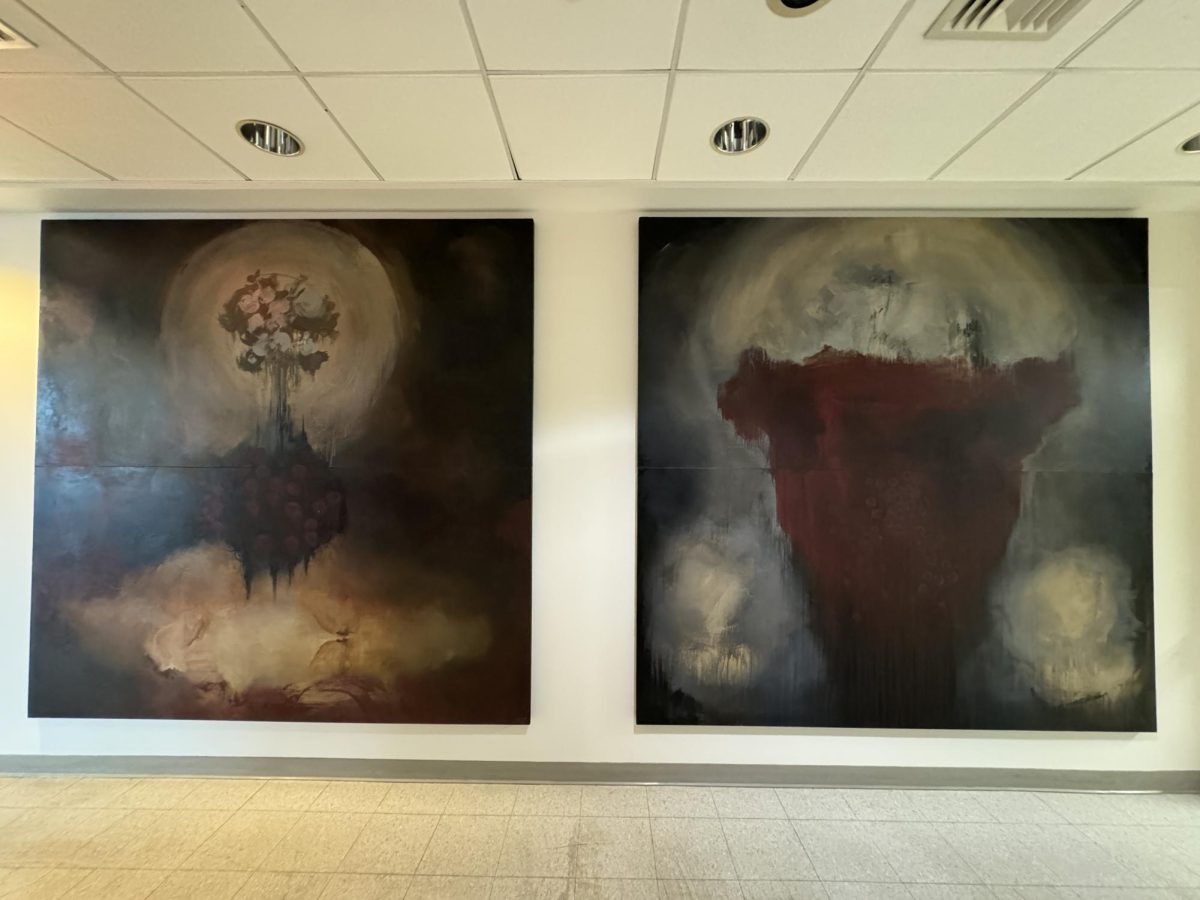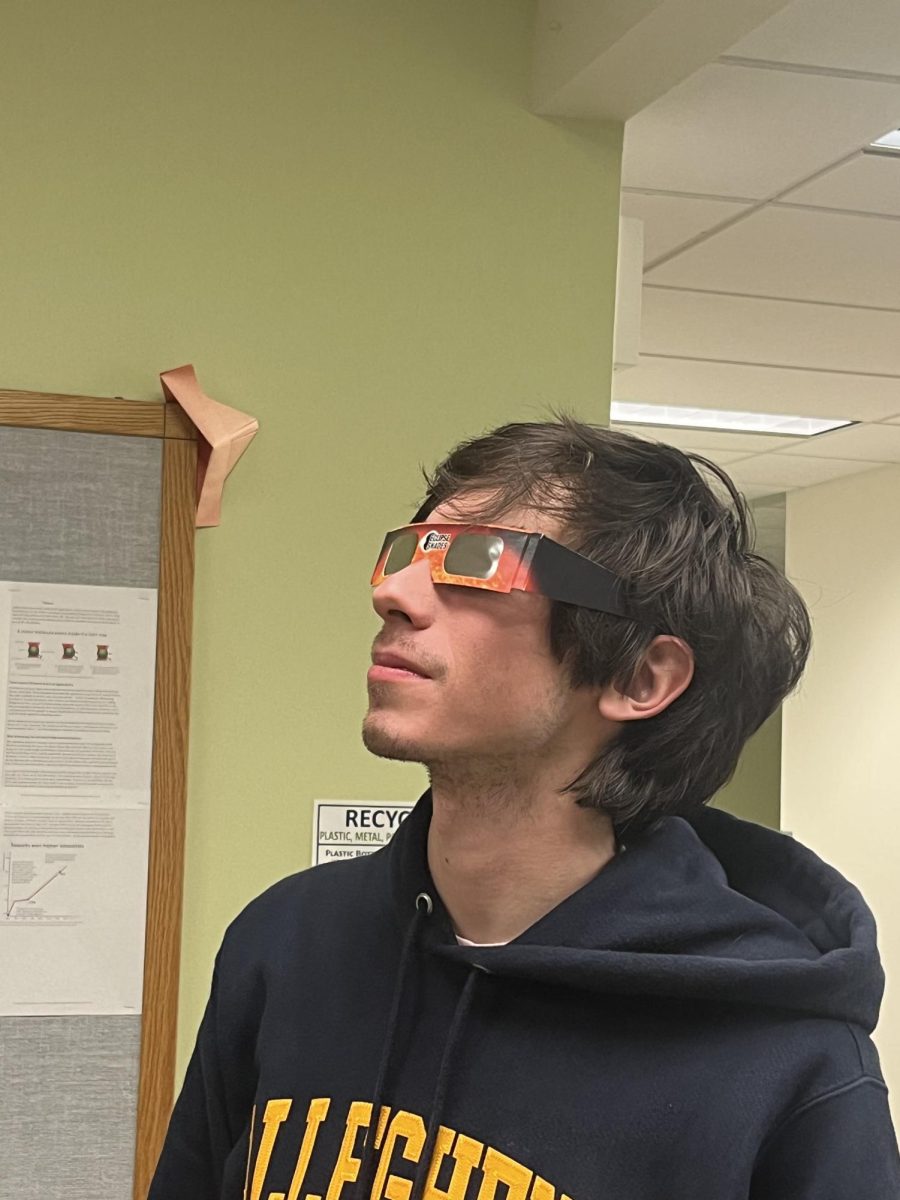By AMANDA SPADARO
Science Editor
During the early morning hours of April 15, a lunar eclipse will be visible from the Western Hemisphere. When a lunar eclipse occurs, the moon must be full and the earth must be aligned to block the sun from the moon. The moon moves behind Earth, preventing the reflection of the sun’s rays that gives the moon its luminescence. This type of eclipse may be safely watched, unlike a solar eclipse, which is when the moon moves between the sun and Earth.
The eclipse will begin at 1:58 a.m. in the eastern time zone, lasting over three hours. The total eclipse, the best part for viewing, will start at 3:07 a.m. and last a little over an hour. In addition, during the eclipse, the star Spica, part of the constellation Virgo, will be visible next two the moon. Mars may also be viewable at this time, an orange-colored star to the west of the moon. The eclipse will be most easily seen from the Northern and Southern Americas while Europe, Africa and Asia will not see the eclipse as it will be daytime. However, the event can be viewed online with a telescope webcast from the SLOOH Observatory.
The European Union has launched a new project, the Copernicus Programme, which hopes to map Earth’s surface. To accomplish this task, the program will launch satellites called Sentinels that will use radar systems to monitor the earth. Sentinel-1a, the first satellite of the project, was put into orbit as of April 3, and once fully operational, the system will have up to eight terabytes of data regarding the land surface detail daily.
The EU has committed approximately 10 billion dollars to the program thus far, with the hopes that the project will continue indefinitely. When one Sentinel satellite is no longer in orbit or transmitting data, another Sentinel will replace it, promoting continuity of the program’s information.
One of the primary uses for Sentinel-1a aside from mapping land detail is in disaster response. The satellite will be able to read the extent of damage following natural disasters such as the infrastructure condition following an earthquake. Sentinel-1b is expected to launch in 2015, with another pair of satellites, 1c and 1d, replacing the previous two whenever anticipated failure is projected.
“Once all the Sentinel satellites have been launched, the Copernicus programme will be the most efficient and fullest Earth-observation programme in the world,” said European Commission President Jose Manuel Barroso to BBC News. Current hopes for the program include tracking fishery management, air quality, waste disposal programs and climate issues.
Two volcanic islands in the Pacific Ocean have recently merged into one landmass. When volcanic eruptions on the seafloor move enough material to the surface, new landmasses form. In November 2013, a small island formed near Nishino-Shima, an island of Japan. Nishino-Shima is also a volcanic landmass, enlarged by volcanic eruptions in the 1970s.
The smaller island, called Nii-jima, has now merged to form an island a little more than half a mile across. This merged mass is part of the Ogasawara Island chain with volcanic activity being most active near the southern tip of the island.
New research by a team of psychologists at the University of Colorado have found that a tendency to procrastinate may be a genetic trait. The research also suggests an evolutionary advantage for early humans to procrastinate: finding food and water while avoiding predators came first. In this sense, other tasks could genuinely wait, if one wanted to survive, that is.
However, in today’s society, procrastination may actually be a detriment to individuals, allowing them to fall behind in important modern tasks involving school and work. Extreme procrastination may cause people to lose jobs, drop out of school or fall into severe debt.
For some reason, though, procrastination is still a common problem, suggesting a strong genetic component involved in maintaining this bad habit at large. By conducting experiments that focused on the role of heredity and genetics, the researchers determined that almost half of people are influenced by their genes when it comes to procrastination.
Impulsivity was also found to be highly correlated with procrastination, making people who are more likely to put off work to also indulge in temptation. While 46 percent of procrastination is determined by genetics, 49 percent of impulsivity is explained by genes. However, impulsive people were found to be better at managing procrastination tendencies when able to focus on a future goal. This information provides hope for the environmental, learned type of techniques for reducing and managing procrastination.
In March, Guinea reported an outbreak of ebola, a virus that has no specific treatment or vaccine in humans. Currently, Guinea has a reported 101 deaths with another 10 reported in Liberia. The spread currently happening is affecting a larger area than past outbreaks with 157 reported cases, 20 of which are in the capital, Conakry. Liberia and Mali have also reported cases that the World Health Organization is currently investigating.
In response, Mali has proposed stricter border control while Saudi Arabia has temporarily suspended visas for those from Guinea and Liberia. With no cure or preventative vaccine, Ebola has a fatality rate between 25 and 90 percent. Transmitted through close human contact, especially with biological fluids like blood, Ebola results in muscle pain, vomiting and diarrhea which may escalate to organ failure and uncontrollable bleedin





